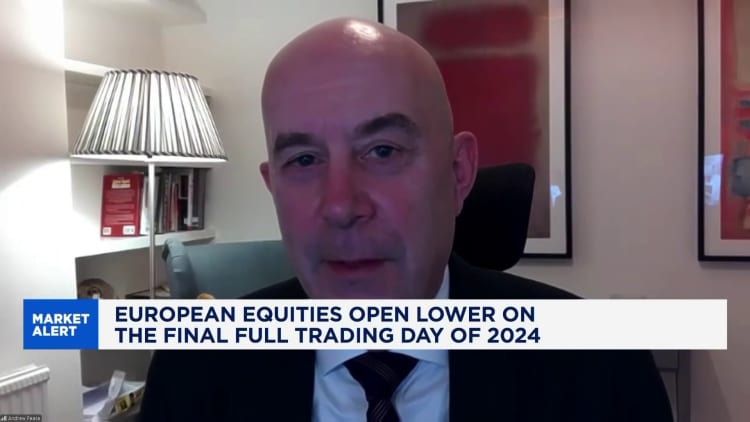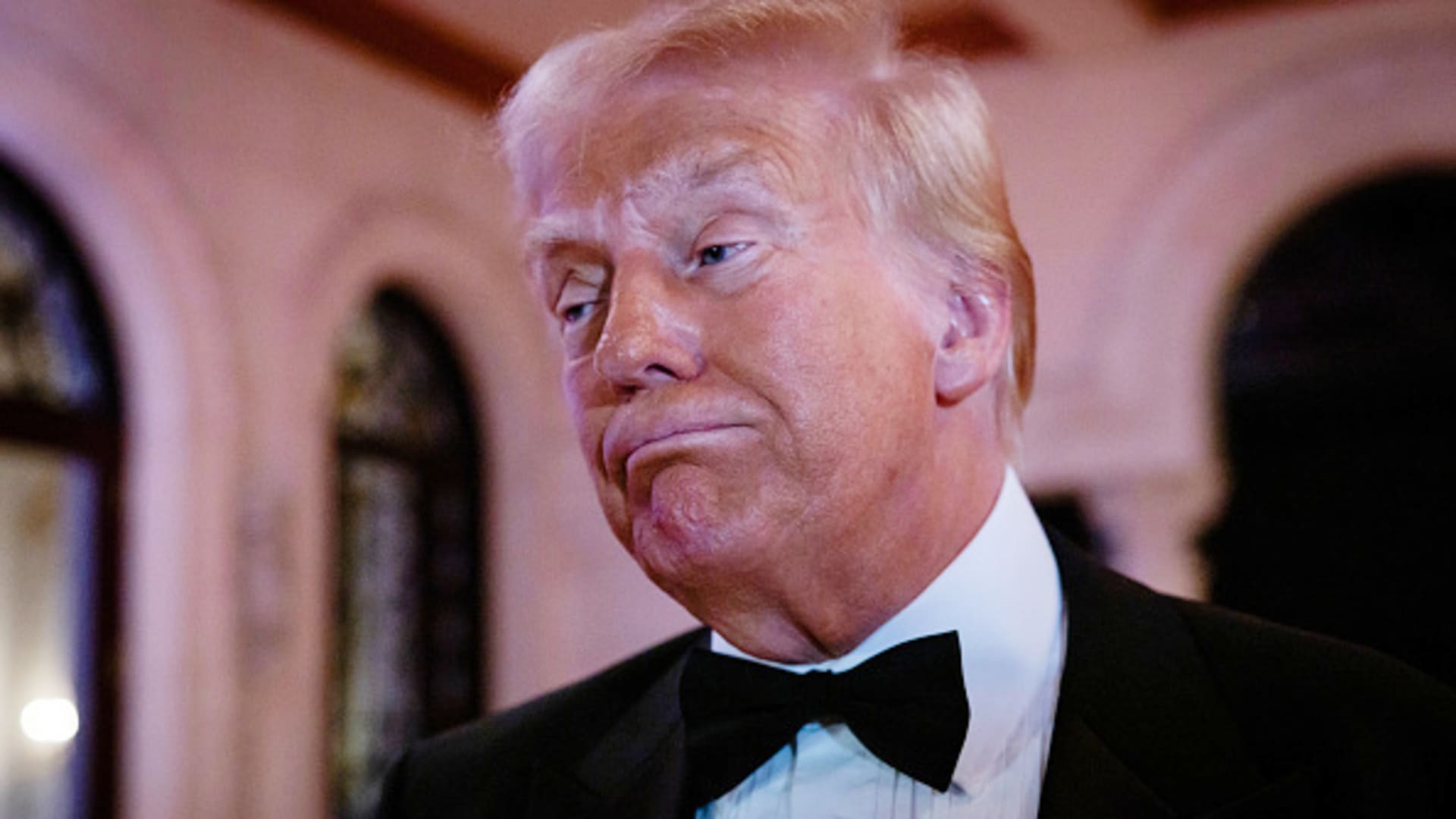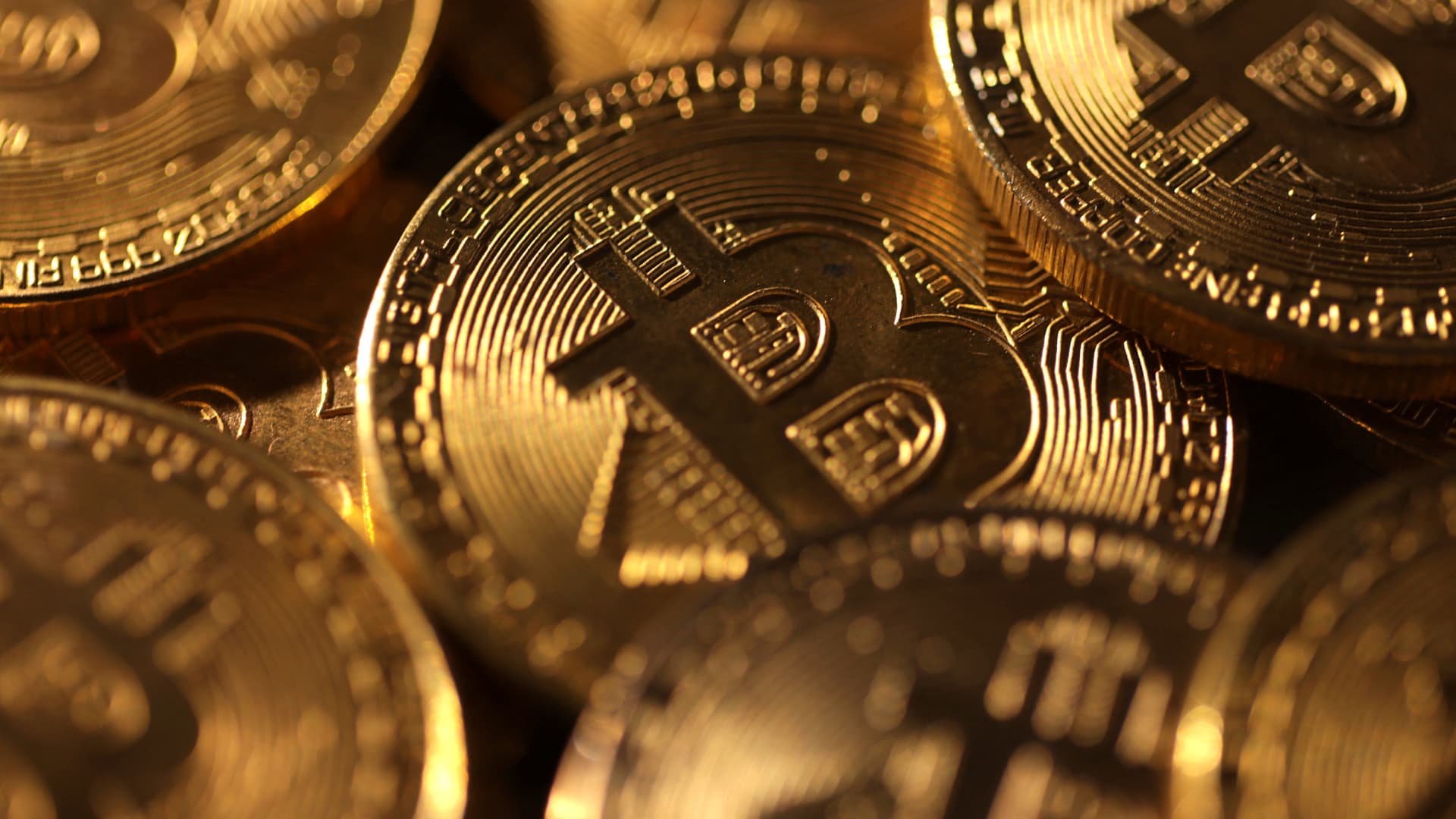The euro was 0.66% lower against the greenback at $1.0285 at 3:50 p.m. in London (10:50 a.m. ET), hitting its weakest level since November 2022. Sterling dropped 1.14% to $1.237, an eight-month low.
Optimism around the U.S. economy awas in focus as markets reopened following disrupted trade over Christmas and the New Year. Wall Street stocks opened higher though later gave up gains as the U.S. dollar index — a comparison against a basket of currencies — climbed 0.58%.
“Already [U.S.] growth has kept outpacing forecasts as consumers and companies have shrugged off the impact of high interest rates, with the unemployment rate remaining low,” Susannah Streeter, head of money and markets at Hargreaves Lansdown, said in a Thursday note.
“Investors are hopeful that a goldilocks scenario will be the story of 2025, amid promises of lower taxes and deregulation under a second Trump presidency.”

Euro/U.S. dollar
Key data ahead in assessing the robustness of the U.S. macro narrative includes Thursday’s jobless claims and Friday’s ISM manufacturing report, along with next week’s non-farm payrolls, Al-Saraf said.
He added that the euro was likely to fall back to U.S. dollar parity in the medium-term, a benchmark it last hit in November 2022. However, Al-Saraf said that market pricing for less than two quarter-point rate cuts this year may prove overly hawkish, and along with any negative U.S. data surprises could trigger a dollar correction.
U.S. Economy,Markets,Breaking News: Markets,DXY US Dollar Currency Index,business news
#Euro #British #pound #fall #U.S #dollar #markets #brace #Trump



